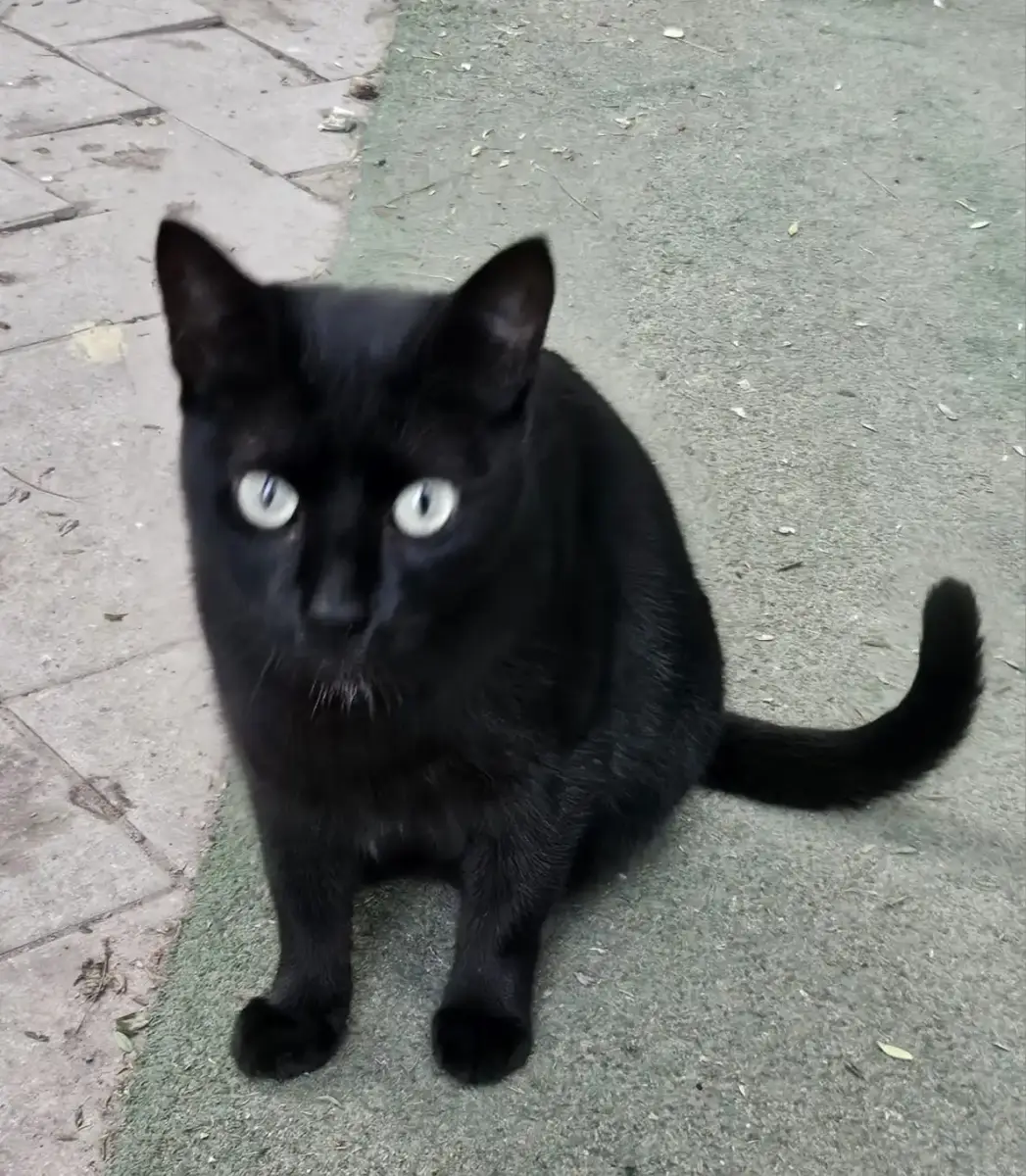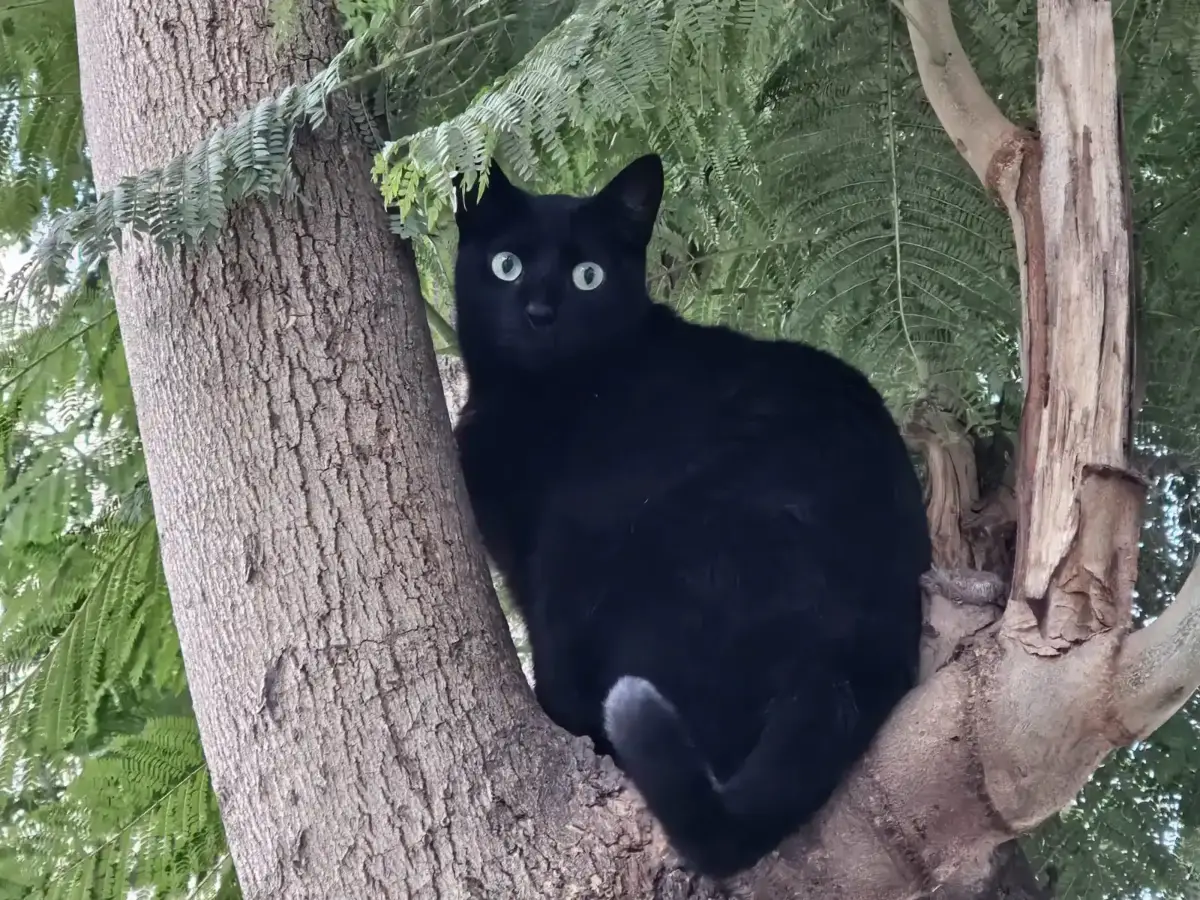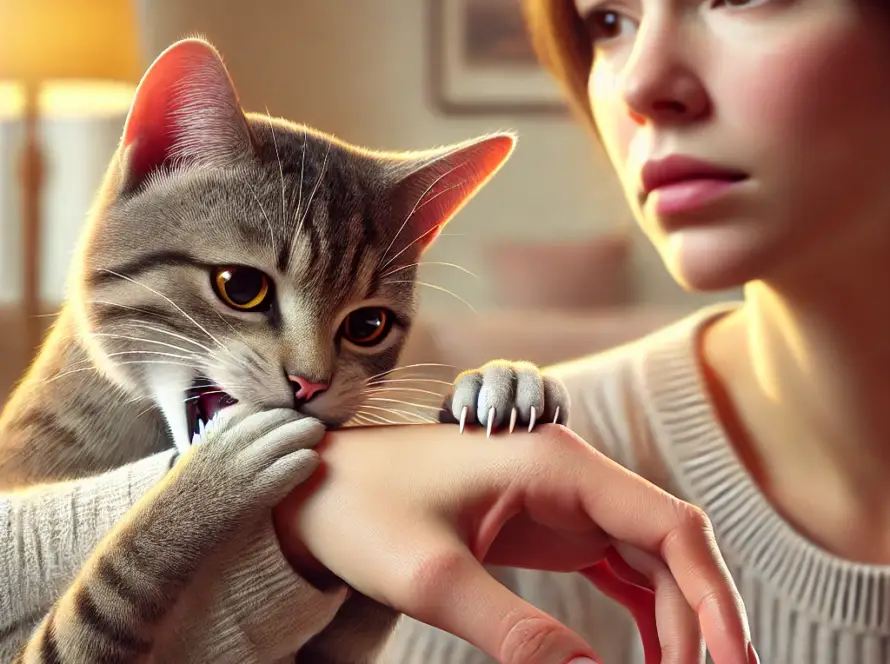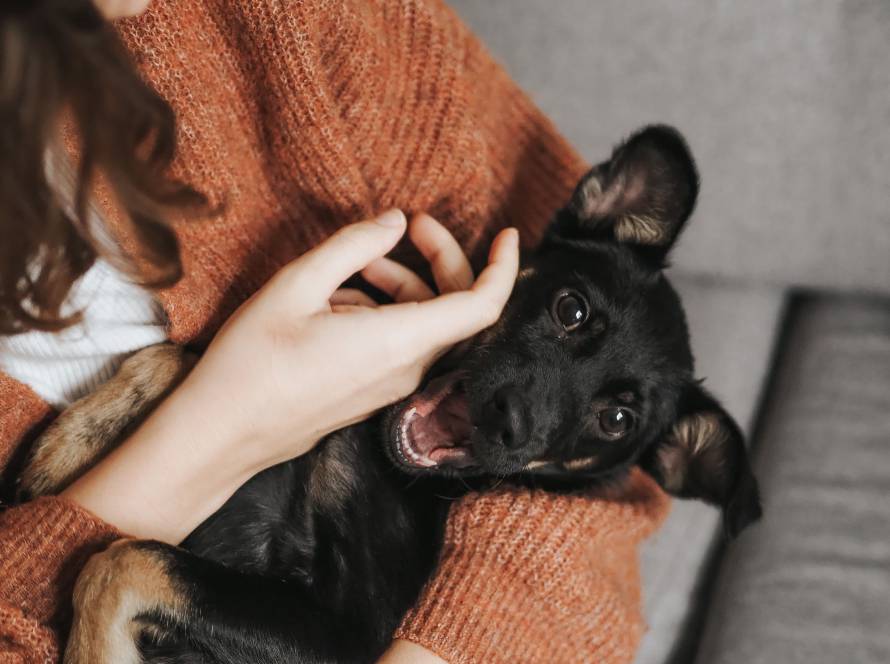Introduction
Black cats have long been cloaked in an air of mystery, especially during Halloween. Their sleek, shadowy forms and piercing eyes evoke intrigue, inspiring tales that span centuries. But why has this particular feline become such a symbol of the spooky season?
The answer lies in the deep-rooted superstitions surrounding black cats. These beliefs, which have persisted for generations, continue to shape how we view these enigmatic creatures. From ancient reverence to fear-fueled myths, black cats have endured a complicated and fascinating legacy.
The Historical Roots of Black Cat Superstitions
Ancient Egypt: Reverence for Black Cats as Sacred Animals
In ancient Egypt, cats were more than just companions—they were divine. Black cats, in particular, were linked to Bastet, the goddess of home, fertility, and protection. Their ebony coats were seen as a mark of their mystical connection to the divine. Killing a cat, let alone a black one, was considered sacrilegious and punishable by death.
Medieval Europe: The Shift from Symbol of Luck to Omens of Misfortune
The perception of black cats took a darker turn in medieval Europe. They began to be associated with misfortune and malevolence, largely due to the rise of superstition during this era. A black cat crossing your path was said to bring bad luck, a belief that persists in some cultures even today.
The Connection Between Black Cats and Witchcraft
During the witch hunts of the Middle Ages, black cats became synonymous with witches. It was believed they served as witches’ familiars, aiding in dark magic. Some even thought witches could transform into black cats to evade capture, further cementing their place in folklore as harbingers of evil.
Black Cats in Halloween Folklore
How Black Cats Became a Staple of Halloween Imagery
Halloween’s roots in Samhain, a Celtic festival marking the end of harvest, played a role in the black cat’s association with the supernatural. Over time, black cats became a symbol of the eerie and unknown, aligning perfectly with Halloween’s themes.
The Role of Black Cats in Halloween Stories and Legends
From spine-chilling ghost tales to modern urban legends, black cats frequently appear as omens of supernatural activity. Their association with the mystical has made them enduring figures in Halloween lore, often depicted alongside witches, cauldrons, and haunted houses.
Cultural Perspectives on Black Cats
Black Cats as Harbingers of Good Luck in Some Cultures
Not all societies view black cats as unlucky. In Japan and Scotland, for instance, a black cat is considered a symbol of prosperity and good fortune. Sailors also cherished black cats on ships, believing they would protect against storms and misfortune.
Global Variations in Black Cat Symbolism
From Asia to Europe, black cats are a cultural kaleidoscope of meanings. While they may signify doom in some regions, they are cherished as protectors and symbols of mystery in others, showcasing the diverse ways humans interpret their presence.

The Influence of Religion and Mythology
The Role of Christianity in Demonizing Black Cats
With the spread of Christianity, many pagan symbols were demonized, including black cats. Their association with witches and nocturnal behaviors made them easy targets for fear-based narratives, contributing to their maligned reputation.
Pagan Beliefs and the Mystical Aura of Black Cats
Before their demonization, pagans viewed black cats as guardians of the spirit world. They believed these creatures could traverse between realms, protecting homes from malevolent spirits.
Black Cats in Literature and Popular Media
How Classic Tales Shaped Black Cat Superstitions
Edgar Allan Poe’s The Black Cat and other literary works cemented the image of black cats as harbingers of doom. These stories used the cat’s mysterious demeanor to evoke fear and suspense.
Modern Portrayals of Black Cats in Movies and TV Shows
Today, black cats appear in films and television as both villains and heroes. From Hocus Pocus to Sabrina the Teenage Witch, they’ve become iconic figures in popular culture, often adding charm and intrigue to their roles.
Scientific and Psychological Explanations
Why People Associate Black Cats with Fear or Awe
The dark coat of a black cat can evoke primal fears rooted in our psychology. Humans are wired to associate darkness with danger, which may explain the apprehension some feel towards black cats.
The Role of Confirmation Bias in Black Cat Superstitions
Confirmation bias reinforces beliefs about black cats bringing bad luck. When something unfortunate happens after seeing a black cat, people are quick to attribute it to the feline, perpetuating the myth.
Debunking Common Myths
Do Black Cats Really Bring Bad Luck?
There’s no scientific evidence to support the claim that black cats bring misfortune. These myths are rooted in cultural narratives rather than reality.
Separating Fact from Fiction in Halloween Traditions
Many Halloween superstitions, including those about black cats, are grounded in fiction. Understanding their origins can help dispel these unfounded fears.
The Impact of Black Cat Superstitions on Real Cats
Discrimination Against Black Cats in Shelters and Adoptions
Sadly, black cats face prejudice in adoption due to superstitions. Shelters often report lower adoption rates for these cats, particularly around Halloween.
Efforts to Promote Awareness and Break Stereotypes
Animal welfare organizations have launched campaigns to celebrate black cats and counteract negative stereotypes, emphasizing their beauty and unique charm.
Celebrating Black Cats
Positive Movements Supporting Black Cats During Halloween
Many pet owners and advocates use Halloween as an opportunity to spotlight black cats in a positive light. Social media campaigns and events help shift the narrative.
How to Incorporate Black Cats in Halloween Festivities Responsibly
From themed costumes to black cat-inspired decorations, there are countless ways to celebrate these enigmatic creatures while promoting their adoption and care.
Conclusion
Black cats are more than symbols of superstition; they are living, breathing beings deserving of love and respect. By embracing their mystery and debunking myths, we can foster a more compassionate understanding of these captivating animals. Their allure during Halloween should remind us of their rich history and enduring charm, urging us to appreciate their true essence beyond the myths.




